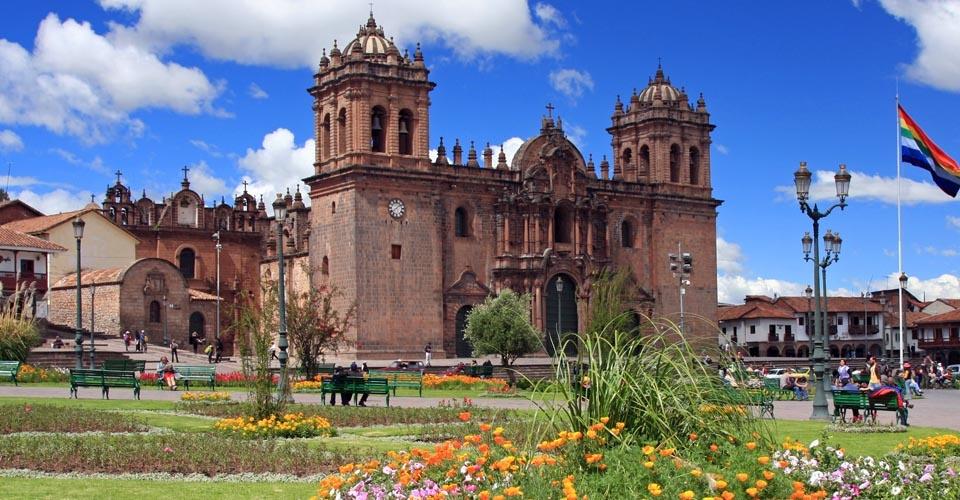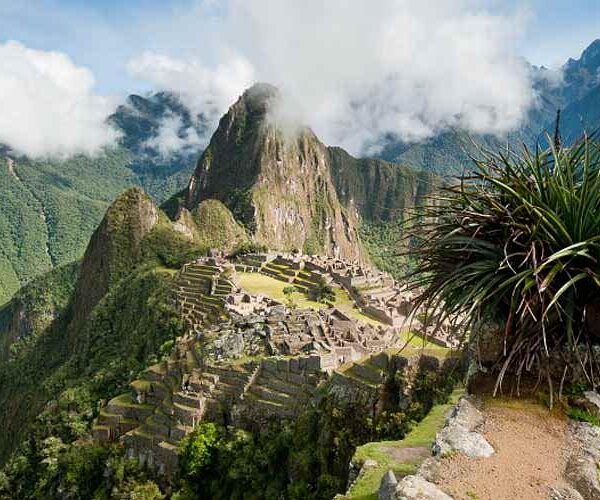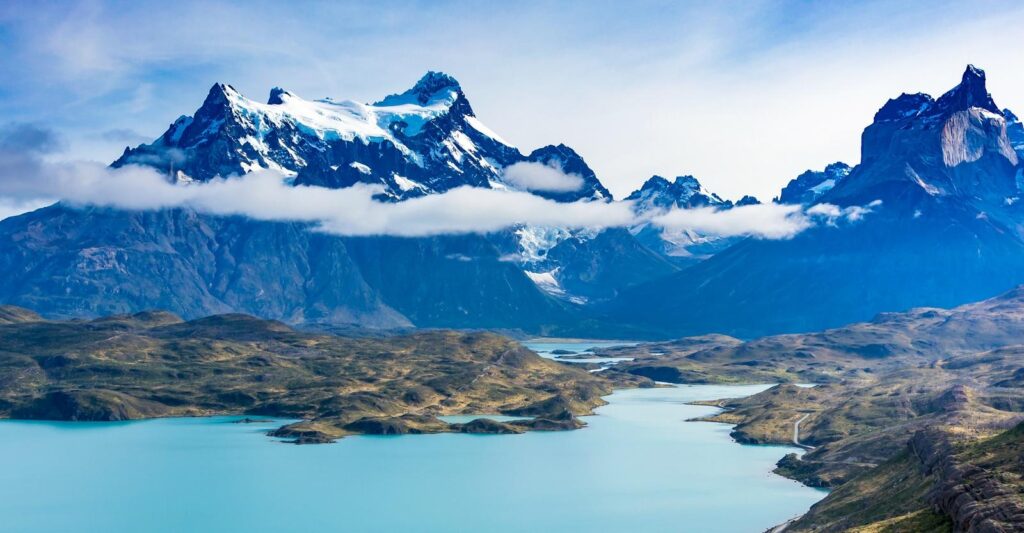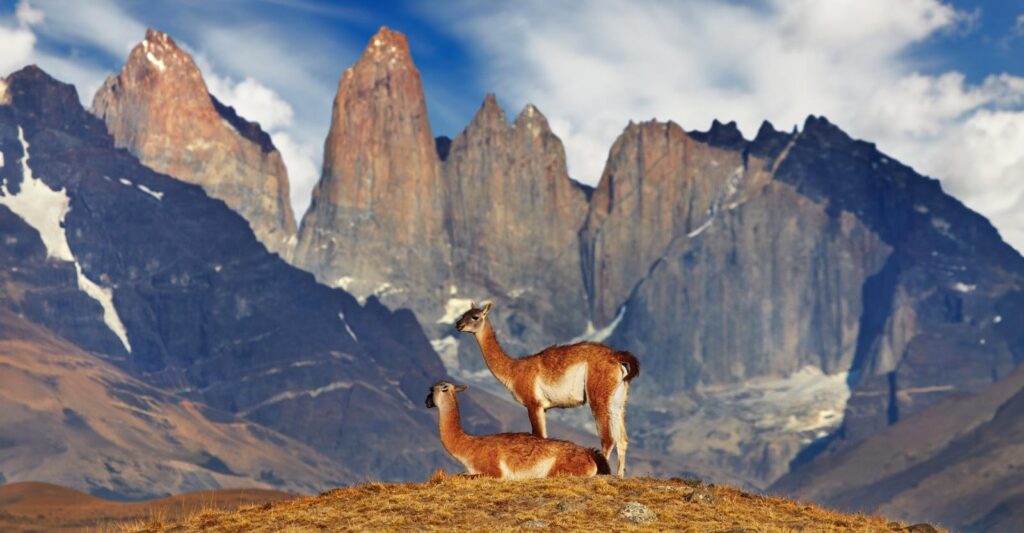Overview
High in the Peruvian Andes, the ruins of Machu Picchu rest amid knife-edged ridges and vertical slopes draped in emerald jungle. Hidden from Western explorers until 1911, when a Quechua guide led Yale historian Hiram Bingham to the site, the marvelous Inca city was mesmerizing, even in its dereliction. Built on a granite mountaintop close to the sun, its intricate architecture reveals the ingenuity of its 15th-century designers. Massive blocks of stone were cut to fit together so precisely that no mortar was necessary. The site also reflects the Incas’ extraordinary knowledge of astronomy, with many elements aligning with heavenly events such as the solstice sunrise. Far below the ruins, the Urubamba River rushes through a green gorge into the Sacred Valley. Our journey into the mysteries of Inca civilization also includes Cusco, once the gold-laden capital of the empire.
Trip Highlights
- Discover Machu Picchu in Depth with Expert Insight With rich interpretation from our Expedition Leader, explore the mysteries and marvels of Machu Picchu, the “Lost City of the Incas,” on two immersive visits
- Meet the Indigenous People of the Andes Wander through the ruins of Inca cities and farming terraces in the Sacred Valley, stopping for cultural encounters with local Quechua residents
- Relax in Fine Lodgings Replete with Local Character Stay at intimate luxury hotels and boutique inns that exude regional character, from colonial splendor to traditional Andean ambience
Itinerary
Please fill out the form below to request a quote for rates.
Included
- Trip price includes: Accommodations, services of Nat Hab's professional Expedition Leader(s), round-trip train from Ollantaytambo to Aguas Calientes, all meals from breakfast on Day 2 through lunch on final day , some gratuities, airport transfers on Day 1 and final day, all activities and entrance fees, all taxes, permits and service fees.
- Internal air fees includes: The internal air fee includes round-trip flights from Lima to Cusco, and if you are connecting with the Galapagos it also includes a flight to or from Lima.
Not Included
- Travel to and from the start and end point of your trip, dinner on Day 1, alcoholic beverages, some gratuities, passport and visa fees (if any), optional activities, items of a personal nature (phone calls, laundry and internet, etc.), airline baggage fees, airport and departure taxes (if any), required medical evacuation insurance, optional travel protection insurance.
Map























